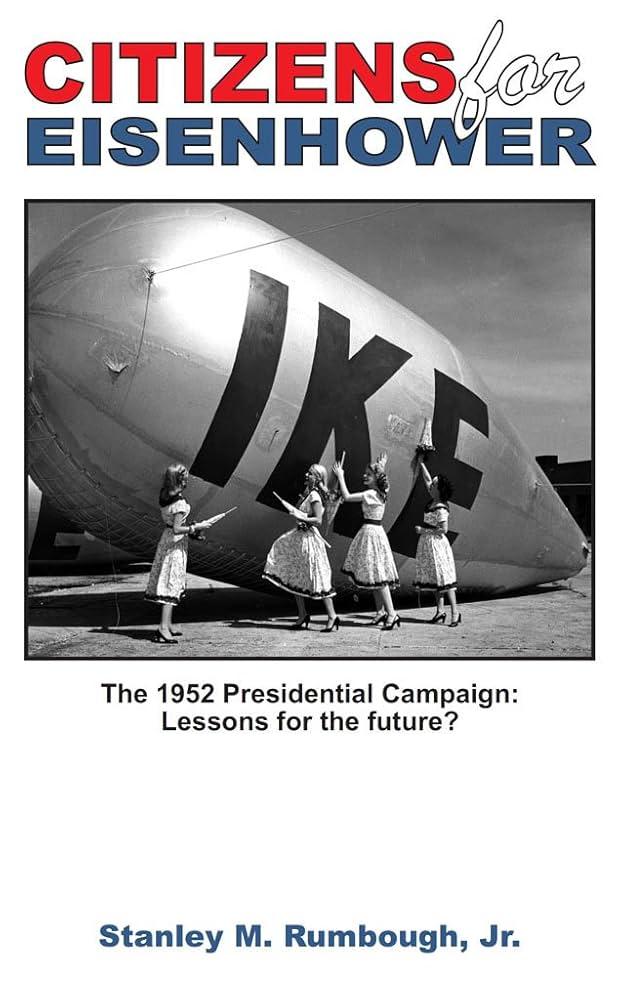The escalating costs of political campaigns in the United States have reached unprecedented levels, reflecting the high stakes and intense competition of modern elections. As candidates vie for influence and voter support, record-breaking expenditures have become a defining feature of the American electoral landscape. This article examines the most expensive political campaigns in US history, highlighting the financial prowess behind some of the most costly bids for public office. Drawing on comprehensive data and expert analysis, we explore how fundraising strategies, advertising spending, and grassroots mobilization efforts have shaped the trajectory of these historic campaigns, setting new benchmarks in political financing.
Record-Breaking Campaign Expenditures That Shaped Modern Elections
The 21st century has witnessed extraordinary surges in campaign spending, with some electoral contests shattering all previous financial records. These unprecedented expenditures reflect not only the escalating costs of advertising and digital outreach but also the increasing stakes in shaping policy and public opinion. For example, the 2020 U.S. presidential election amassed over $14 billion, fueled by heavy investments from both parties, Super PACs, and independent groups. This escalation transformed the political landscape, emphasizing the crucial role of fundraising prowess in modern elections.
Several key factors have contributed to these record-breaking sums, including:
- Advances in technology: Enhanced targeting and data analytics require substantial financial backing to execute.
- Expanded media platforms: Campaigns must run ads across TV, radio, social media, and digital streaming.
- Legal and consulting fees: The complexity of regulations and strategy demands expert assistance.
| Election Year | Candidate | Total Spending | Notable Aspect |
|---|---|---|---|
| 2020 | Joe Biden & Donald Trump | $14B+ | Most expensive and digitally driven campaign |
| 2016 | Hillary Clinton & Donald Trump | $6B+ | Record-breaking traditional TV ad buys |
| 2008 | Barack Obama & John McCain | $3.6B | Historic grassroots fundraising |
Key Players and Strategies Behind High-Cost Political Battles
The colossal sums funneled into the nation’s priciest political campaigns reveal the complex ecosystem of influencers and strategists behind the scenes. Leading candidates often rely on a coalition of billion-dollar donors, *political action committees* (PACs), and high-powered lobbyists whose interests shape messaging and outreach. These power brokers deploy sophisticated data analytics and micro-targeting tools to pinpoint and sway key voter bases. Meanwhile, veteran campaign managers orchestrate multifaceted media plans combining digital advertising, grassroots mobilization, and high-impact televised debates.
Successful campaigns share several strategic hallmarks:
- Robust Fundraising Networks: Establishing wide-reaching channels that not only gather donations but also secure endorsements from influential figures.
- Data-Driven Messaging: Utilizing voter data to tailor communications and optimize advertisement spend precisely.
- Alliance Building: Forming coalitions that transcend traditional party lines to appeal to undecided and swing voters.
These strategies, meticulously planned and executed, enable candidates to sustain prolonged media battles and maintain voter engagement even amidst saturated political landscapes.
The Impact of Money on Voter Influence and Election Outcomes
Financial resources wield a profound influence over the dynamics of voter behavior and election results in the United States. Campaigns with substantial funding can saturate media channels, deploy advanced data analytics for targeted outreach, and organize expansive grassroots efforts that smaller campaigns can rarely match. This financial edge often leads to increased visibility and stronger voter engagement, which in turn affects turnout rates and candidate support. The implications extend beyond mere electioneering; money shapes policy debates and the political agenda by spotlighting specific issues aligned with donor interests.
Critics argue that this monetary dominance raises concerns about equity and democratic fairness. When large sums dictate political discourse, the voices of everyday voters risk being drowned out by affluent contributors and special interest groups. Key factors contributing to the impact of money in elections include:
- Extensive advertising campaigns across multiple platforms
- High-powered grassroots mobilization supported by fund allocation
- Access to sophisticated voter targeting techniques and data science
- Influence in shaping media narratives and public perception
| Campaign Type | Average Spending ($M) | Influence Level |
|---|---|---|
| Presidential | $500+ | Very High |
| Senate | $20 – $90 | High |
| House of Representatives | $5 – $15 | Moderate |
Recommendations for Transparency and Reform in Campaign Financing
To restore public confidence in the electoral process, it is crucial to implement stringent measures ensuring clarity in how campaign funds are raised and spent. One effective approach is mandatory, real-time disclosure of donations above a minimal threshold, allowing voters to see exactly who is financing political messages. Additionally, the creation of an independent oversight body with the power to audit campaigns and enforce penalties for violations can deter opaque practices. These mechanisms promote accountability, making sure monetary influence does not overwhelm democratic values.
Key reform suggestions include:
- Implementing caps on individual and corporate contributions to prevent disproportionate influence.
- Enhancing transparency through accessible digital databases tracking campaign expenditures.
- Encouraging public financing options to reduce candidates’ reliance on wealthy donors.
- Strengthening penalties for illicit fundraising and undisclosed ‚Äúdark money‚ÄĚ channels.
| Reform Measure | Expected Impact |
|---|---|
| Real-time Donation Disclosure | Improves voter awareness of fund sources |
| Contribution Limits | Reduces dominance of high-dollar donors |
| Public Financing | Levels playing field for candidates |
| Stricter Penalties | Deters illegal and opaque funding practices |
Closing Remarks
In conclusion, the escalating costs of political campaigns in the United States reflect not only the growing influence of money in politics but also the intensifying competition for voter attention and support. As campaign expenditures continue to reach unprecedented heights, questions about the impact of such spending on the democratic process remain central to ongoing debates. Understanding the financial dynamics behind these historic campaigns offers valuable insight into the evolving landscape of American elections, underscoring the need for transparency and reform in campaign finance moving forward.







